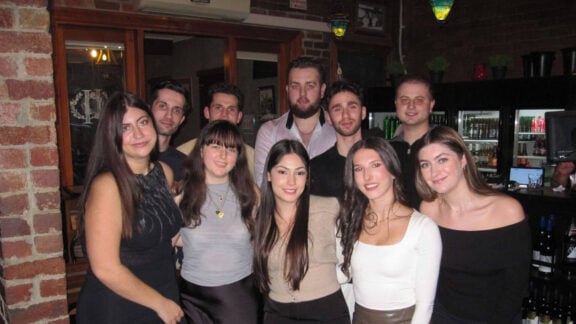NEWSLETTER
Stay connected with your community. Get our free daily highlights Newsletter
By subscribing you accept our Terms of Service and Privacy Policy.
By subscribing you accept our Terms of Service and Privacy Policy.













































